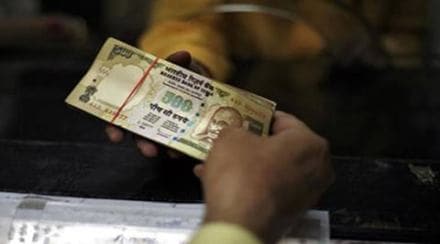The twenties is such a challenging time as you have to balance your limited income with your expectations, wants and needs. Here’s how you can spend your money wisely in your 20s without cutting down on discretionary spending.
The essentials – 50%
The largest part of your income will be dedicated to your basic needs. This would be items like rent, EMIs, utilities, groceries, medicines, conveyance costs and insurance—mandatory expenses that must be met every month. You should aim to spend approximately 50% of your take-home income on these items.
Rent: The combination of rent, maintenance fee and utilities would typically form the largest part of your monthly expenses. If your rent forms most of your fixed expenses, you should consider moving to a house with lower rent or splitting costs by sub-leasing your accommodation.
Debt: If you have a student debt, credit card outstanding, or any kind of loan, you should prioritise repaying it before discretionary expenses. The sooner you are out of debt, the quicker you will have more income for discretionary spending. Use any excess income to repay your debts.
Watch what else is making news:
Insurance: Consider a health cover up to at least R5 lakh, or more if you don’t mind paying higher premiums. You should have term life insurance in case you have dependents. If you don’t have dependents now but will in the future, buy insurance anyway since your premium costs are very low, and upgrade your cover when you are older. Based on your hereditary risks, also consider critical illness insurance against diseases such as cancer. And if you own a vehicle, don’t ride it without a comprehensive cover.
Savings & investment – 30%
Putting even a small sum of money away into long-term investments goes a long way into securing your financial interests. Investment needs to be linked to goals. Identify your short, medium and long-term goals are, and start investing for them. For example, just R2,000 invested monthly in a mutual fund generating annual returns of 12% will get you a corpus of R1.29 crore in 35 years. As your income increases, increase your contributions towards your goals.
Options such as EPF and PPF are long-term investment tools with which you can plan long-term goals that are more than 10 years away. Remain invested as your EPF and PPF earn you one of the highest rates of returns among all small saving schemes. Invest in equity and equity mutual funds when you’re young. Remaining invested in these options in the long-term can easily get you upwards of 10% returns annually, tax-free for investments over one year.
For short and medium-term goals, go with debt-oriented options like deposits and debt mutual funds.
Build a contingency fund that’s worth 6-12 months of your regular income. This is to cover your essential expenses if your regular income stops. You can use debt mutual funds, fixed deposits, recurring deposits or savings accounts to create this fund.
Discretionary expenses – 20%
This is the “having fun” part. You are young. Lifestyle spending—clothes, gadgets, eating out, vacationing should form the smallest part of your budget. If you’re going above the 20% threshold, strongly consider cutting down.
The writer is CEO, BankBazaar.com
